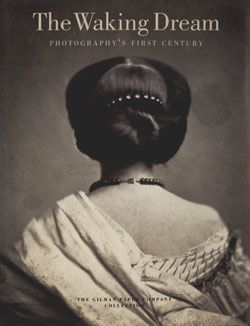[Lynching, Russellville, Kentucky]
Minor B. Wade American
Not on view
From the first year of Reconstruction in 1867 to the early 1940s, lynching was the primary means of maintaining white supremacy in the American South. Considered by the federal government a normal condition of post-Civil War race relations, lynching was used not only as a specific act of summary "justice" but also as a symbol to further intimidate and degrade African Americans. The magnitude of recorded mob violence between 1880 and 1940 almost defies description, involving more than five thousand men, women, and children in ritualized murder, often before an invited public.
Kentucky was the site of some of the most vicious racial violence, perhaps because of its unique position as a slave-holding state that had remained loyal to the Union. The state was never "reconstructed," and thus former Confederates were easily able to preserve the racist society that had characterized the antebellum period, with little or no interference by the government.
This photograph is brutal testament to racial terrorism in America. The facts of the case are drawn from an article that appeared in the New York Times and in newspapers across the country on August 2, 1908, the day after the photograph was made by a local journalist. On the previous night, one hundred white men had entered the Russellville, Kentucky jail and demanded that four Black sharecroppers who had been detained for "disturbing the peace" be turned over to them. The men were accused by the mob of expressing sympathy for a fellow sharecropper who, in self-defense, had killed the white farmer for whom he worked. The jailer complied, and Virgil, Robert, and Thomas Jones and Joseph Riley were taken to a cedar tree and summarily lynched. The text of the note pinned to one of the bodies was also inscribed on the verso of the photograph: "Let this be a warning to you n----rs to let White people alone or you will go the same way."
Due to rights restrictions, this image cannot be enlarged, viewed at full screen, or downloaded.
This artwork is meant to be viewed from right to left. Scroll left to view more.
![Verso [Lynching, Russellville, Kentucky], Minor B. Wade (American, 1874–1932), Gelatin silver print](/Rodan/dist/img/1x1-d7dcde.gif)

